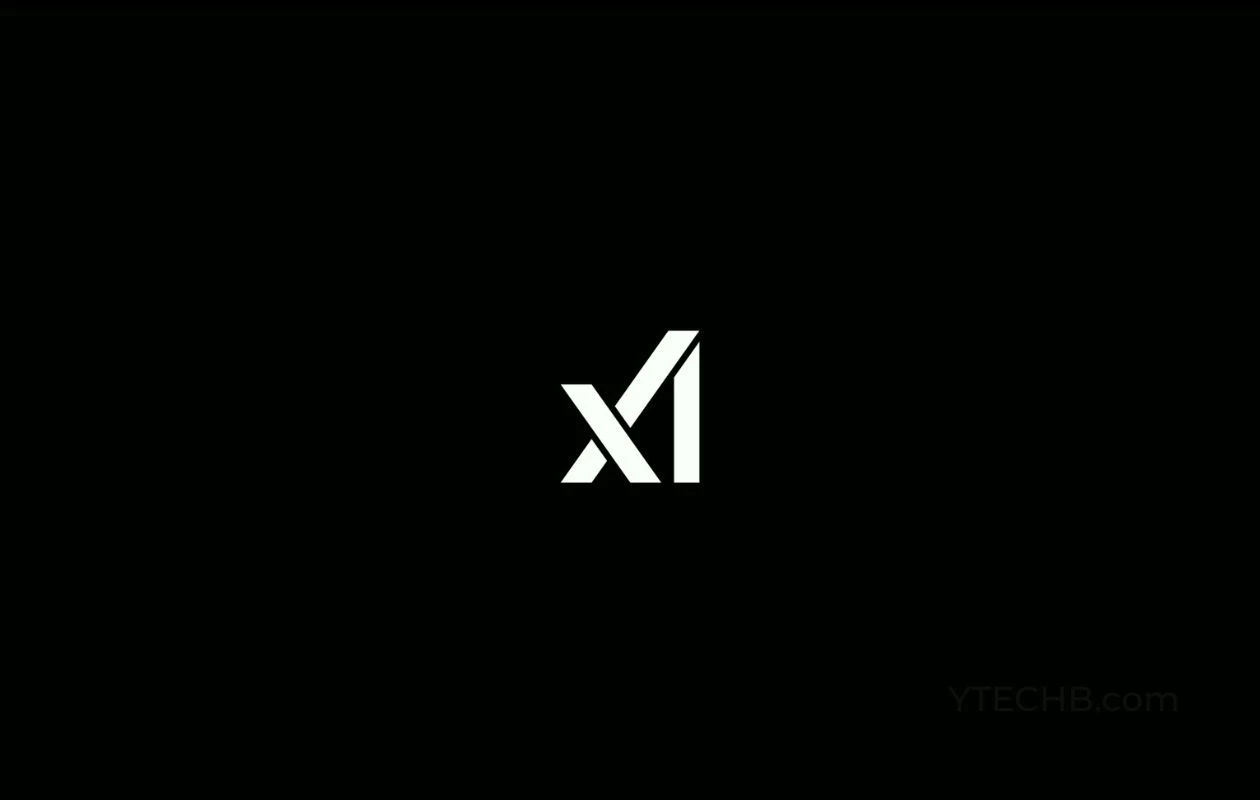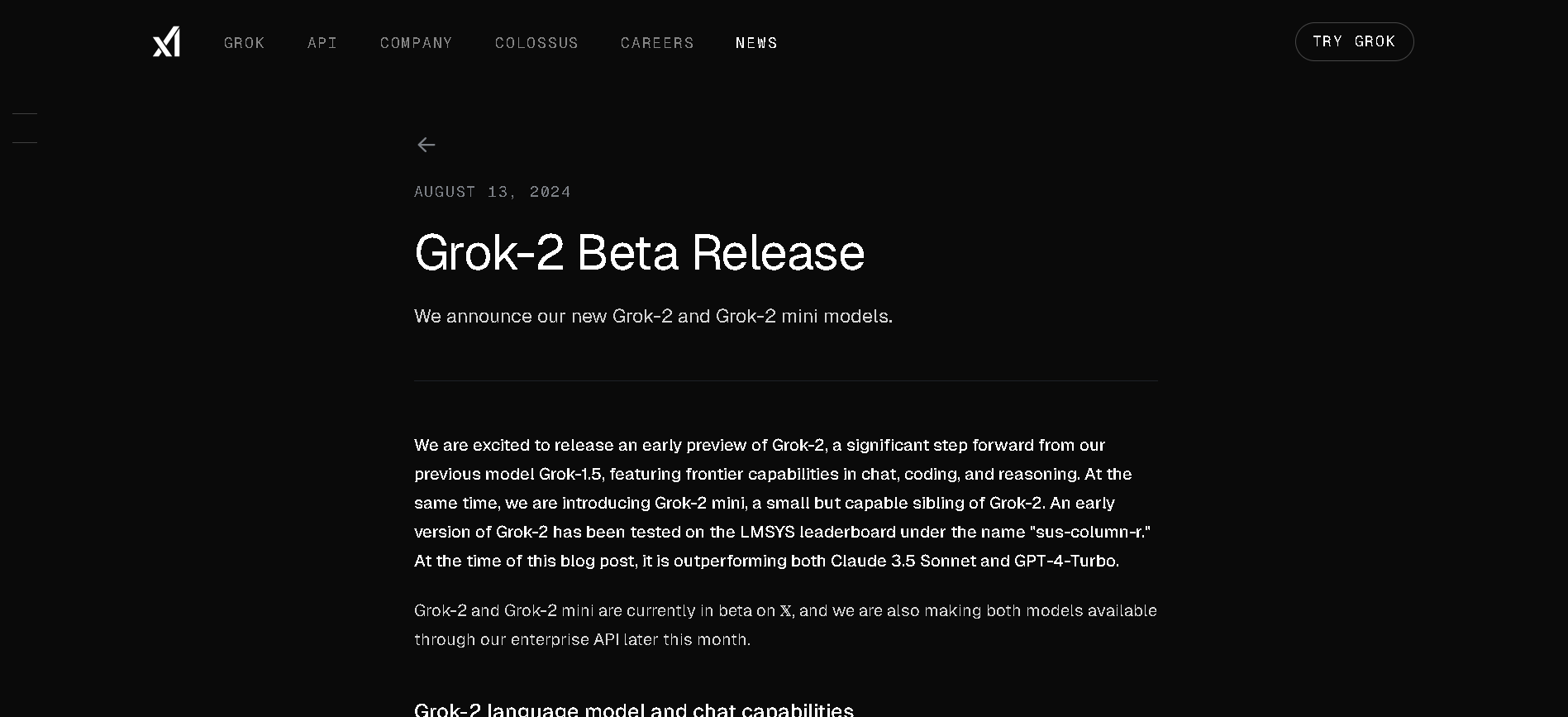
- General X Users: All users now have free access on X, with search, citations, and image capabilities.
- Premium & Premium+ Subscribers: Benefit from higher usage limits and early feature access.
- Developers & Enterprises: Accessible via xAI API, supporting structured outputs and low-latency deployment.
- Multilingual Communicators: Improved language support and instruction adherence across diverse prompts.
- Content & Creative Teams: Generate memes, images, code, and reasoning tasks with better speed and quality.
How to Use Grok 2 – 1212?
- Access on X: Available automatically to all users; Premium tiers unlock increased usage.
- Use New Features: Use web search and citations to get real-time references alongside responses.
- Generate Images via Aurora: Type “draw me…” prompts and Grok will produce photorealistic images or memes.
- Call via API: Use the `grok-2-1212` model through xAI’s OpenAI-compatible API (131K token context, $2 / $10 per M tokens).
- Deploy at Scale: Integrate structured outputs, citations, and visual responses for enterprise bots and apps.
- Triple Speed Boost: Delivers responses about 3× faster than original Grok 2.
- Web Search & Citations: Built-in search and reference IDs enhance reliability and traceability.
- Aurora Image Generation: Photorealistic and meme-style image creation integrated into chat.
- Multilingual Mastery: Supports comprehensive instruction-following across languages.
- Optimized API Model: Offers 131K token context at accessible pricing ($2 input, $10 output per million tokens).
- Major latency improvements—ideal for live chat and workflows
- Integrated web search and citations boost trust
- High-quality image generation via Aurora
- Multilingual and instruction-following enhancements
- Developer-ready with structured API offering
- FLUX-powered image generation lacks guardrails—may enable misuse.
- Some critique indicates selective benchmark cherry‑picking
- Enterprise API rollout still limited in region and capacity.
Free Tier
$ 0.00
Limited access to DeepSearch
Limited access to DeeperSearch
Super Grok
$30/month
More Aurora Images - 100 Images / 2h
Even Better Memory - 128K Context Window
Extended access to Thinking - 30 Queries / 2h
Extended access to DeepSearch - 30 Queries / 2h
Extended access to DeeperSearch - 10 Queries / 2h
API
$2/$10 per 1M tokens
Output - $10/M
Proud of the love you're getting? Show off your AI Toolbook reviews—then invite more fans to share the love and build your credibility.
Add an AI Toolbook badge to your site—an easy way to drive followers, showcase updates, and collect reviews. It's like a mini 24/7 billboard for your AI.
Reviews
Rating Distribution
Average score
Popular Mention
FAQs
Similar AI Tools
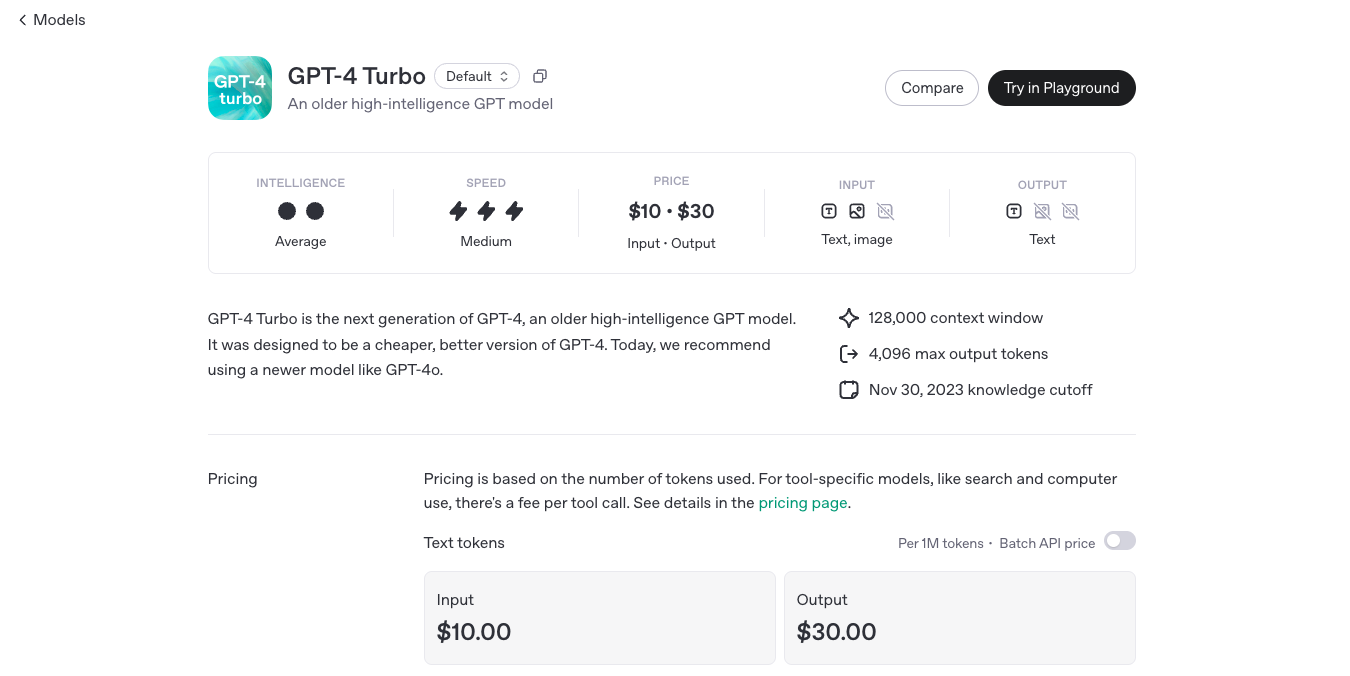
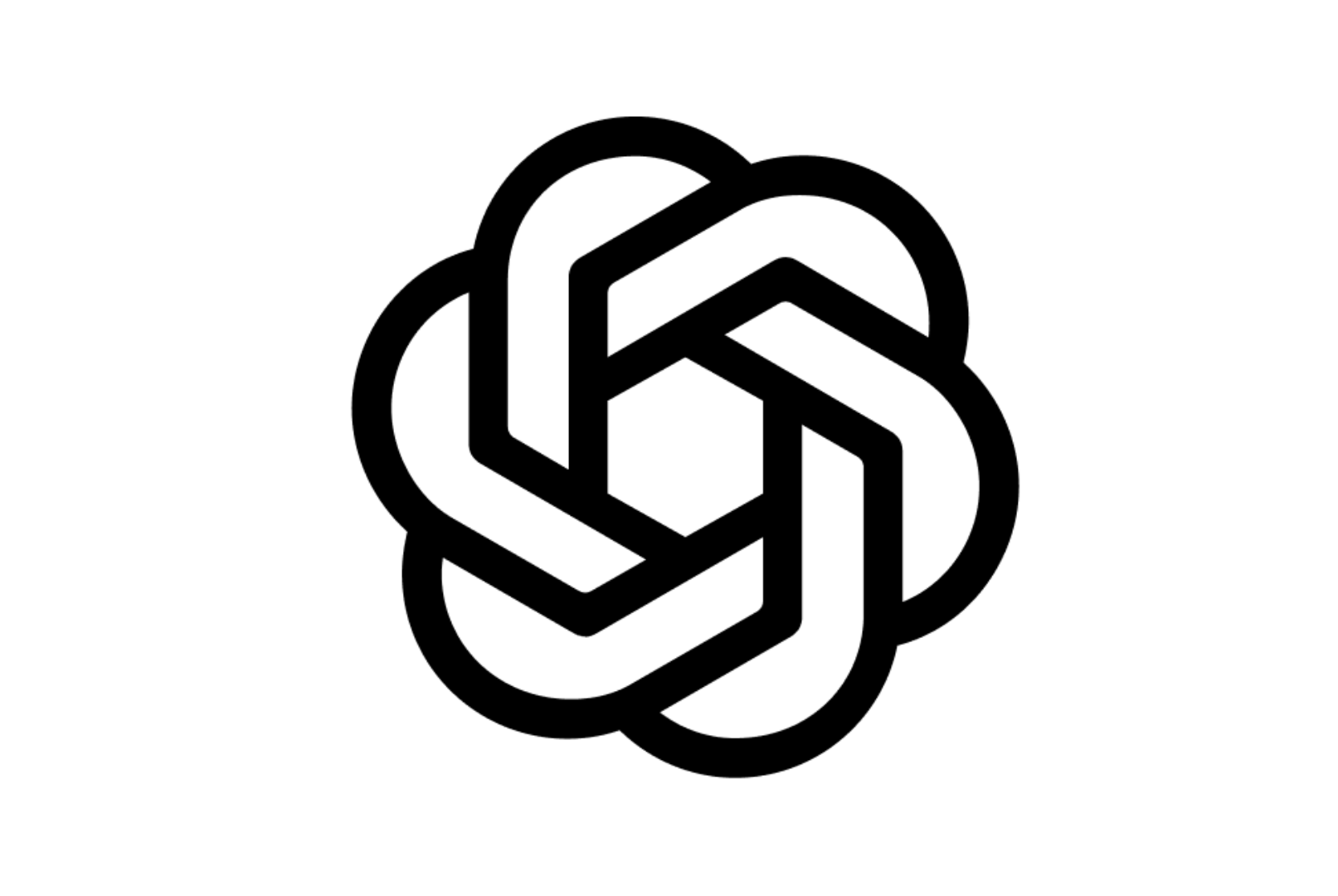
OpenAI GPT 4 Turbo
GPT-4 Turbo is OpenAI’s enhanced version of GPT-4, engineered to deliver faster performance, extended context handling, and more cost-effective usage. Released in November 2023, GPT-4 Turbo boasts a 128,000-token context window, allowing it to process and generate longer and more complex content. It supports multimodal inputs, including text and images, making it versatile for various applications.


OpenAI GPT 4 Turbo
GPT-4 Turbo is OpenAI’s enhanced version of GPT-4, engineered to deliver faster performance, extended context handling, and more cost-effective usage. Released in November 2023, GPT-4 Turbo boasts a 128,000-token context window, allowing it to process and generate longer and more complex content. It supports multimodal inputs, including text and images, making it versatile for various applications.


OpenAI GPT 4 Turbo
GPT-4 Turbo is OpenAI’s enhanced version of GPT-4, engineered to deliver faster performance, extended context handling, and more cost-effective usage. Released in November 2023, GPT-4 Turbo boasts a 128,000-token context window, allowing it to process and generate longer and more complex content. It supports multimodal inputs, including text and images, making it versatile for various applications.
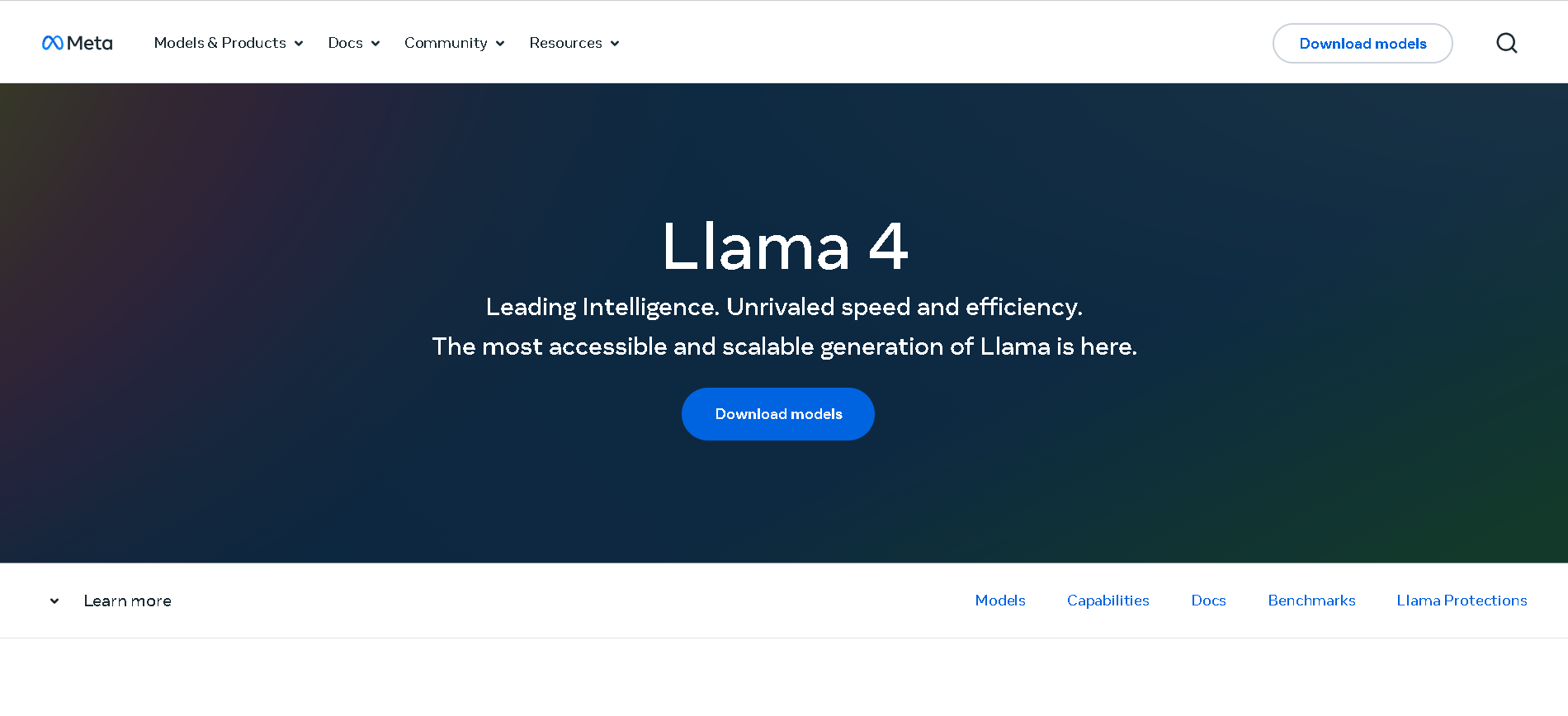
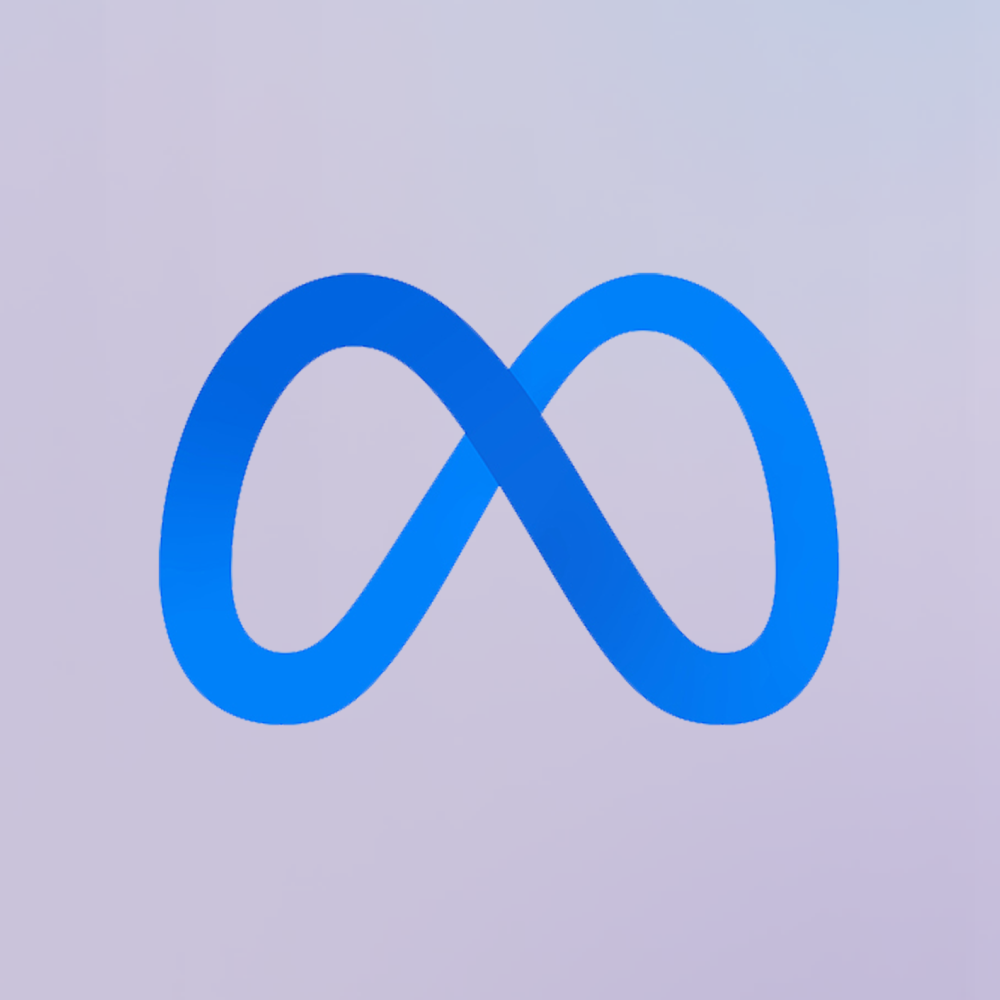
Meta Llama 4
Meta Llama 4 is the latest generation of Meta’s large language model series. It features a mixture-of-experts (MoE) architecture, making it both highly efficient and powerful. Llama 4 is natively multimodal—supporting text and image inputs—and offers three key variants: Scout (17B active parameters, 10 M token context), Maverick (17B active, 1 M token context), and Behemoth (288B active, 2 T total parameters; still in development). Designed for long-context reasoning, multilingual understanding, and open-weight availability (with license restrictions), Llama 4 excels in benchmarks and versatility.


Meta Llama 4
Meta Llama 4 is the latest generation of Meta’s large language model series. It features a mixture-of-experts (MoE) architecture, making it both highly efficient and powerful. Llama 4 is natively multimodal—supporting text and image inputs—and offers three key variants: Scout (17B active parameters, 10 M token context), Maverick (17B active, 1 M token context), and Behemoth (288B active, 2 T total parameters; still in development). Designed for long-context reasoning, multilingual understanding, and open-weight availability (with license restrictions), Llama 4 excels in benchmarks and versatility.


Meta Llama 4
Meta Llama 4 is the latest generation of Meta’s large language model series. It features a mixture-of-experts (MoE) architecture, making it both highly efficient and powerful. Llama 4 is natively multimodal—supporting text and image inputs—and offers three key variants: Scout (17B active parameters, 10 M token context), Maverick (17B active, 1 M token context), and Behemoth (288B active, 2 T total parameters; still in development). Designed for long-context reasoning, multilingual understanding, and open-weight availability (with license restrictions), Llama 4 excels in benchmarks and versatility.
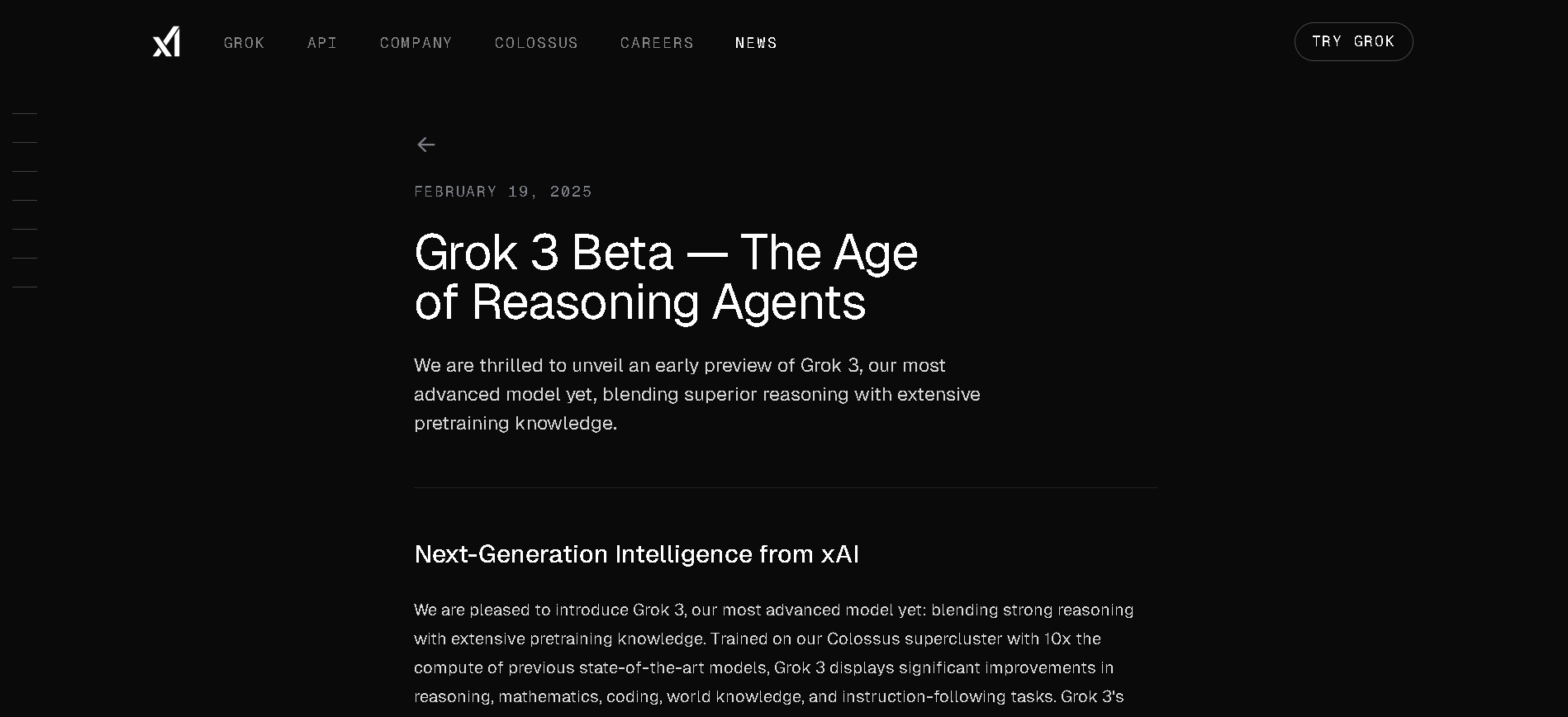
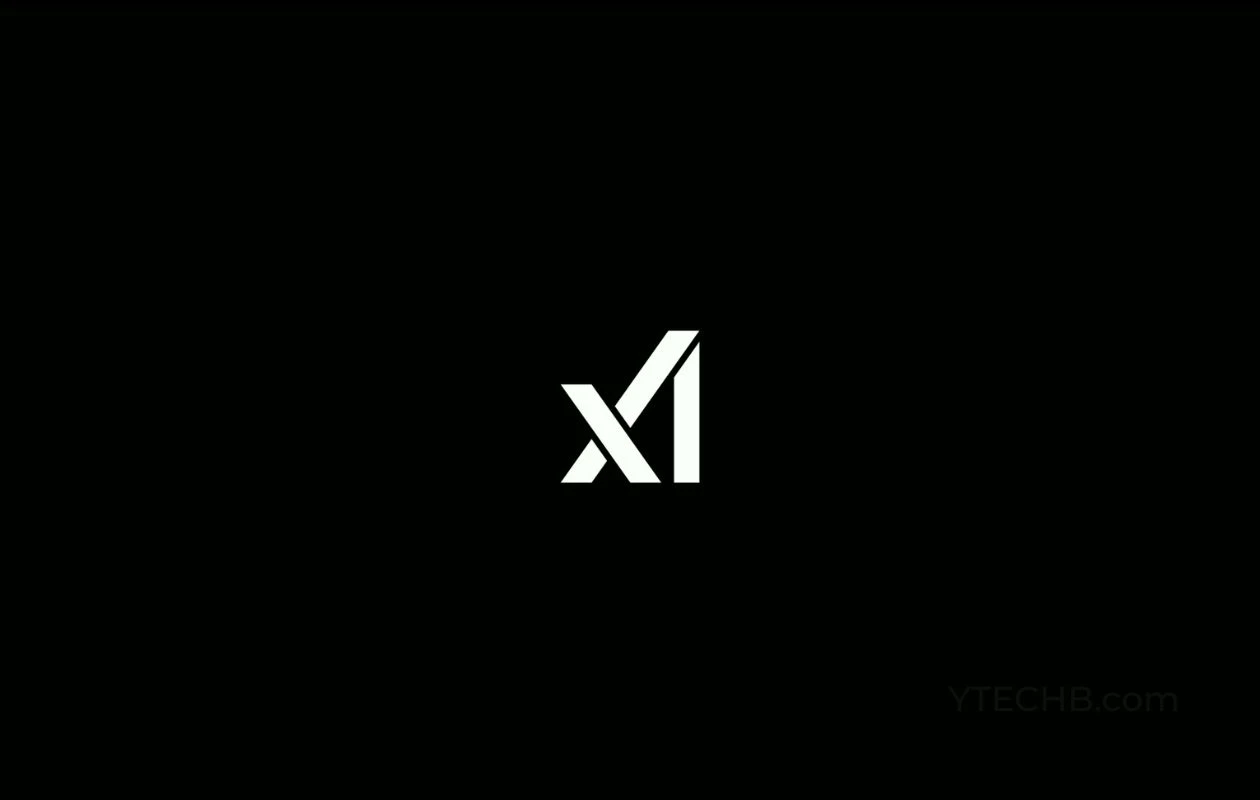
Grok 3 Mini
Grok 3 Mini is xAI’s compact, cost-efficient reasoning variant of the flagship Grok 3 model. Released alongside Grok 3 in February 2025, it offers many of the same advanced reasoning capabilities—like chain-of-thought “Think” mode and multimodal support—with lower compute and faster responses. It's ideal for logic-heavy tasks that don't require the depth of the full version.


Grok 3 Mini
Grok 3 Mini is xAI’s compact, cost-efficient reasoning variant of the flagship Grok 3 model. Released alongside Grok 3 in February 2025, it offers many of the same advanced reasoning capabilities—like chain-of-thought “Think” mode and multimodal support—with lower compute and faster responses. It's ideal for logic-heavy tasks that don't require the depth of the full version.


Grok 3 Mini
Grok 3 Mini is xAI’s compact, cost-efficient reasoning variant of the flagship Grok 3 model. Released alongside Grok 3 in February 2025, it offers many of the same advanced reasoning capabilities—like chain-of-thought “Think” mode and multimodal support—with lower compute and faster responses. It's ideal for logic-heavy tasks that don't require the depth of the full version.
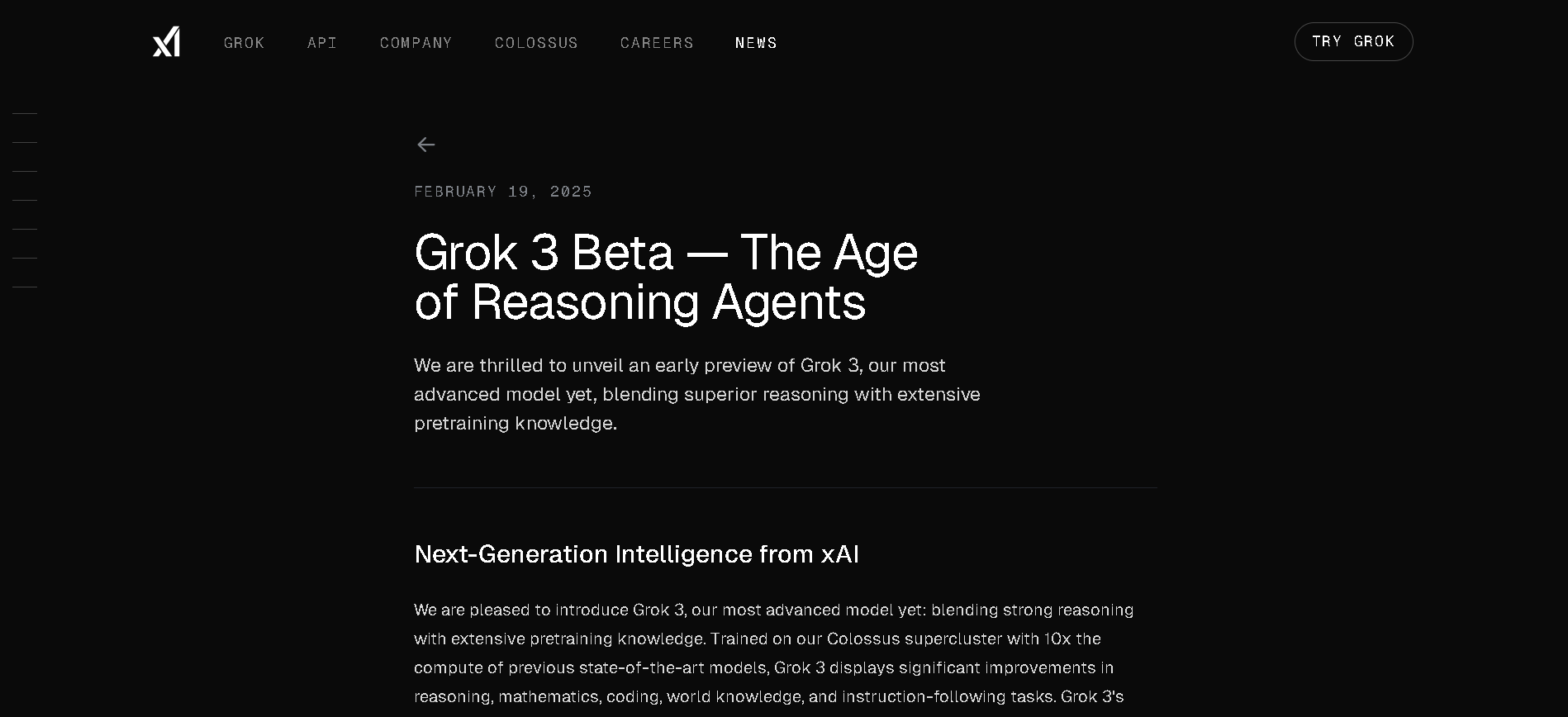
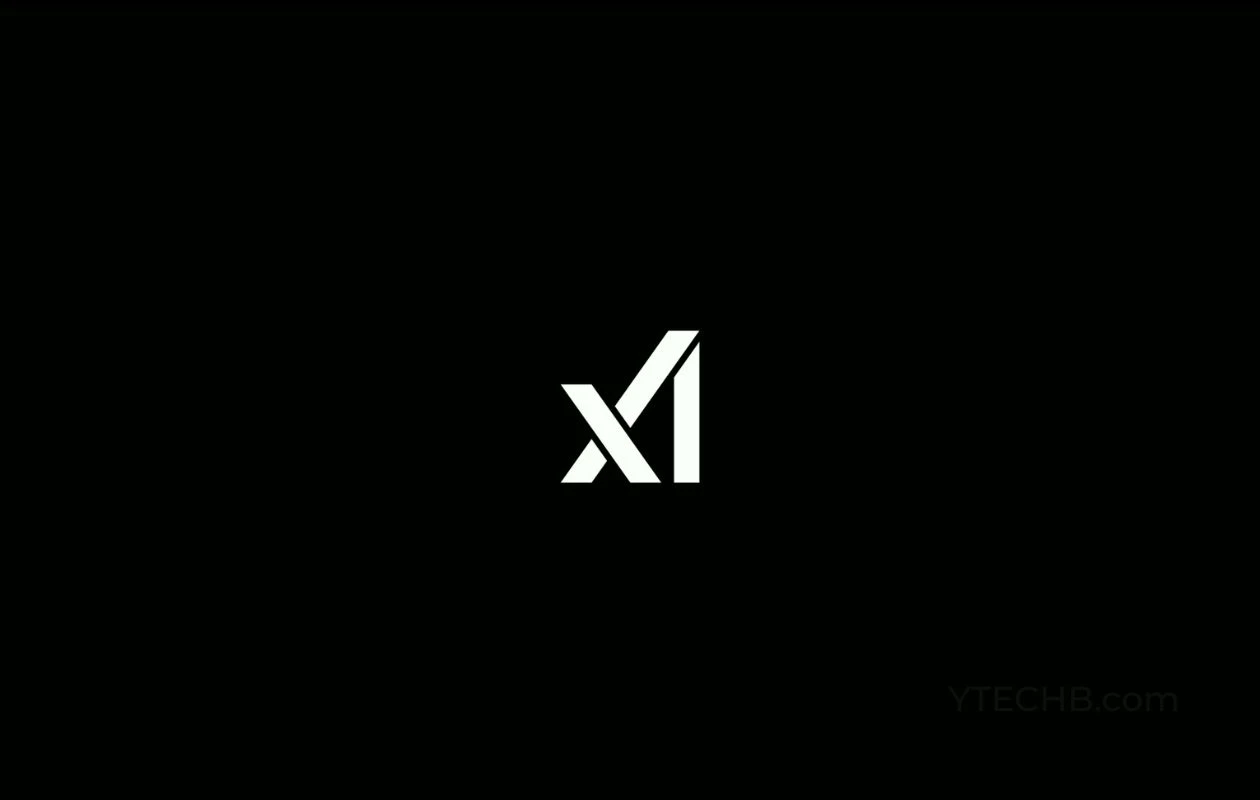
grok-3-mini-latest
Grok 3 Mini is xAI’s compact, reasoning-focused variant of the Grok 3 series. Released in February 2025 alongside the flagship model, it's optimized for cost-effective, transparent chain-of-thought reasoning via "Think" mode, with full multimodal input and access to xAI’s Colossus-trained capabilities. The latest version supports live preview on Azure AI Foundry and GitHub Models—combining speed, affordability, and logic traversal in real-time workflows.


grok-3-mini-latest
Grok 3 Mini is xAI’s compact, reasoning-focused variant of the Grok 3 series. Released in February 2025 alongside the flagship model, it's optimized for cost-effective, transparent chain-of-thought reasoning via "Think" mode, with full multimodal input and access to xAI’s Colossus-trained capabilities. The latest version supports live preview on Azure AI Foundry and GitHub Models—combining speed, affordability, and logic traversal in real-time workflows.


grok-3-mini-latest
Grok 3 Mini is xAI’s compact, reasoning-focused variant of the Grok 3 series. Released in February 2025 alongside the flagship model, it's optimized for cost-effective, transparent chain-of-thought reasoning via "Think" mode, with full multimodal input and access to xAI’s Colossus-trained capabilities. The latest version supports live preview on Azure AI Foundry and GitHub Models—combining speed, affordability, and logic traversal in real-time workflows.
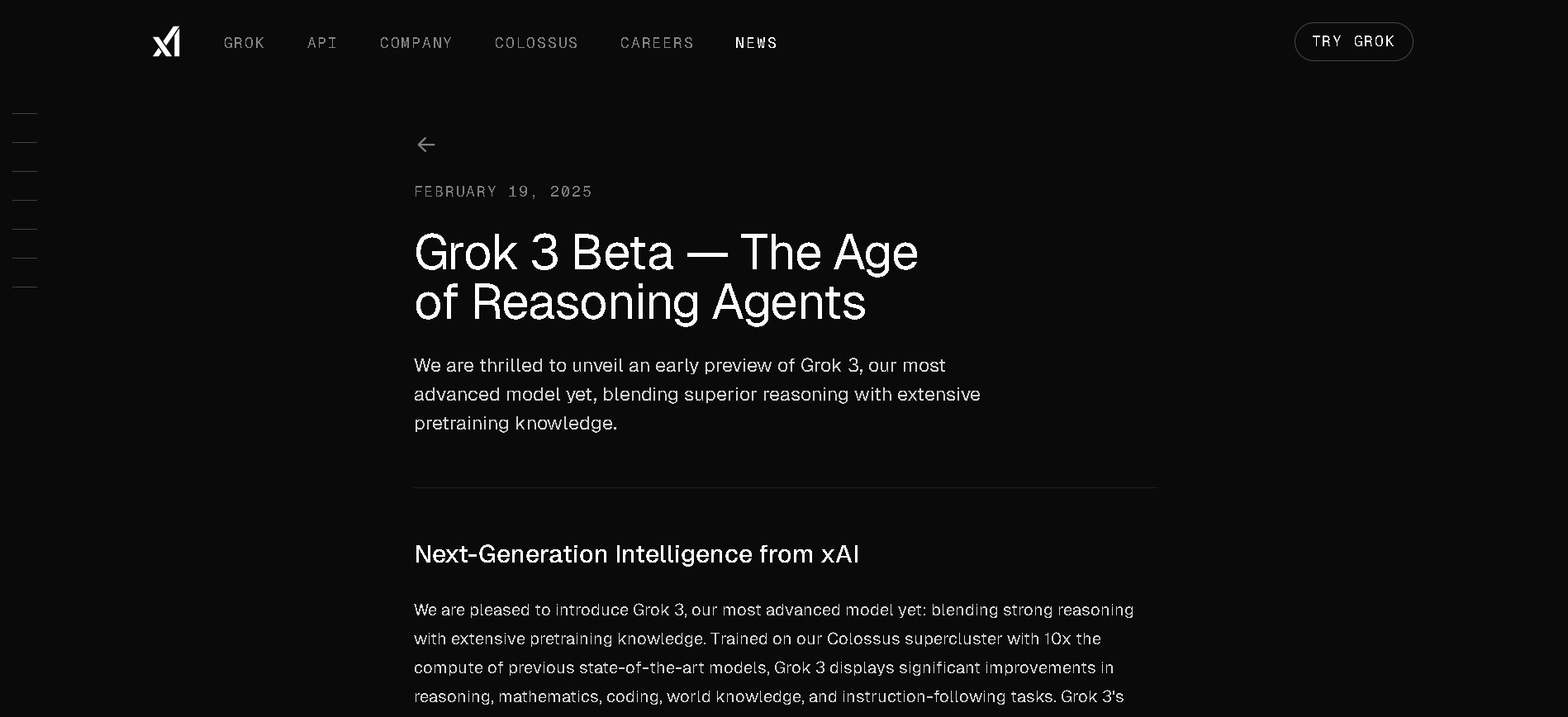
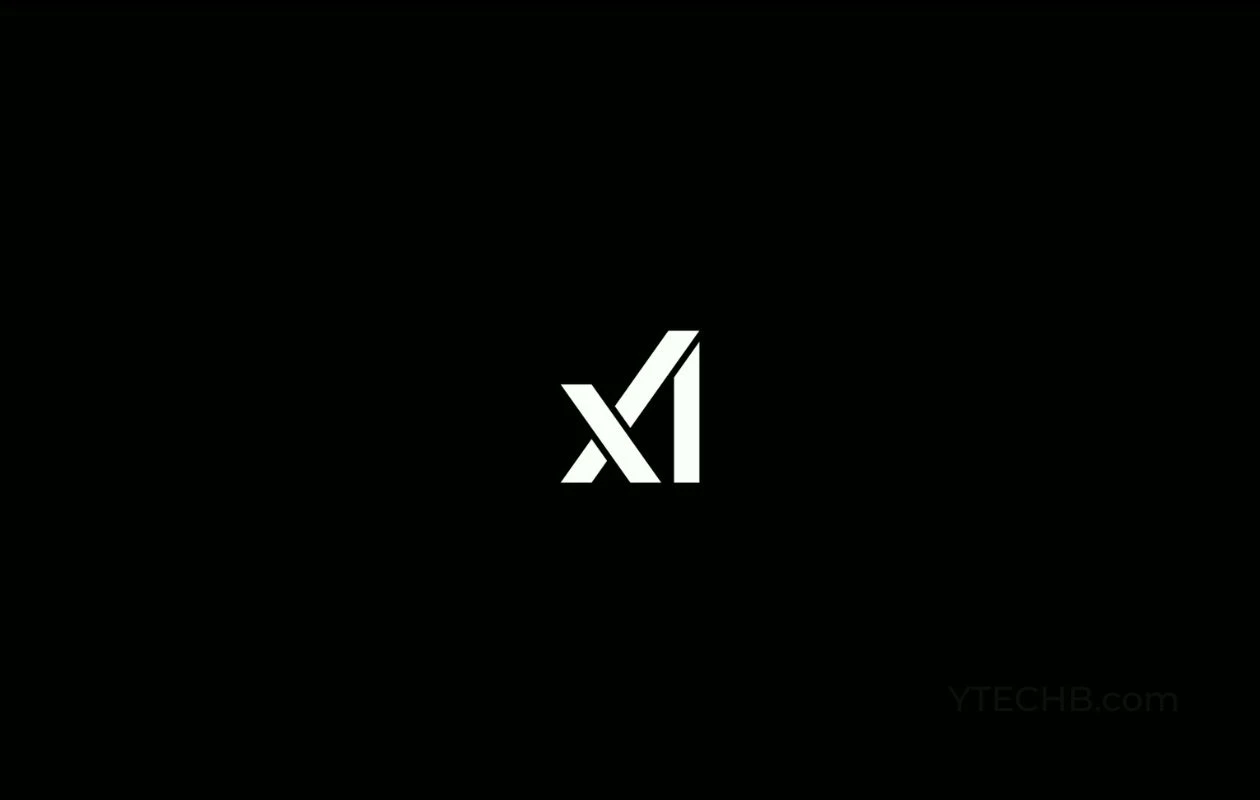
grok-3-mini-fast
Grok 3 Mini Fast is the low-latency, high-performance version of xAI’s Grok 3 Mini model. Released in beta around May 2025, it offers the same visible chain-of-thought reasoning as Grok 3 Mini but delivers responses significantly faster, powered by optimized infrastructure. It supports up to 131,072 tokens of context.


grok-3-mini-fast
Grok 3 Mini Fast is the low-latency, high-performance version of xAI’s Grok 3 Mini model. Released in beta around May 2025, it offers the same visible chain-of-thought reasoning as Grok 3 Mini but delivers responses significantly faster, powered by optimized infrastructure. It supports up to 131,072 tokens of context.


grok-3-mini-fast
Grok 3 Mini Fast is the low-latency, high-performance version of xAI’s Grok 3 Mini model. Released in beta around May 2025, it offers the same visible chain-of-thought reasoning as Grok 3 Mini but delivers responses significantly faster, powered by optimized infrastructure. It supports up to 131,072 tokens of context.
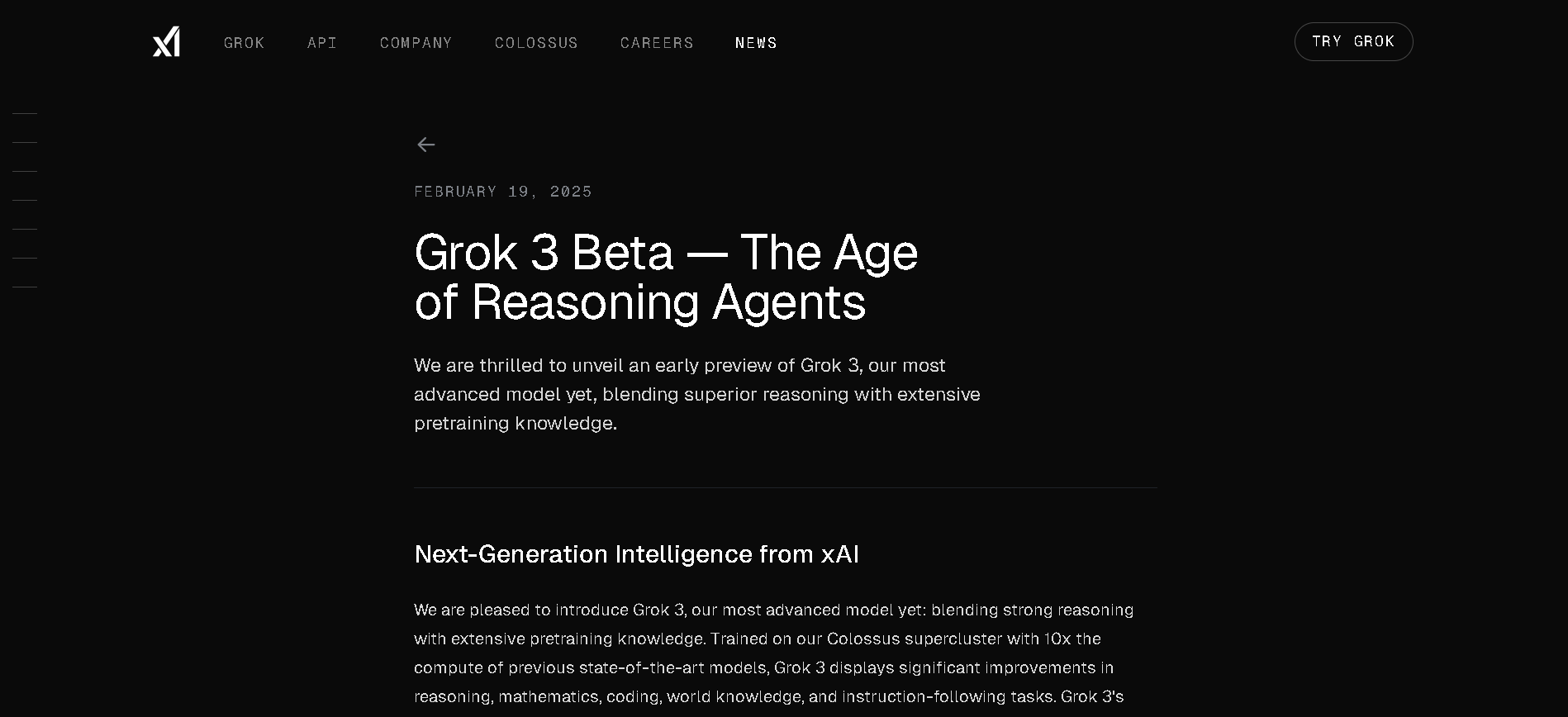
Grok 3 Mini Fast is xAI’s most recent, low-latency variant of the compact Grok 3 Mini model. It maintains full chain-of-thought “Think” reasoning and multimodal support while delivering faster response times. The model handles up to 131,072 tokens of context and is now widely accessible in beta via xAI API and select cloud platforms.

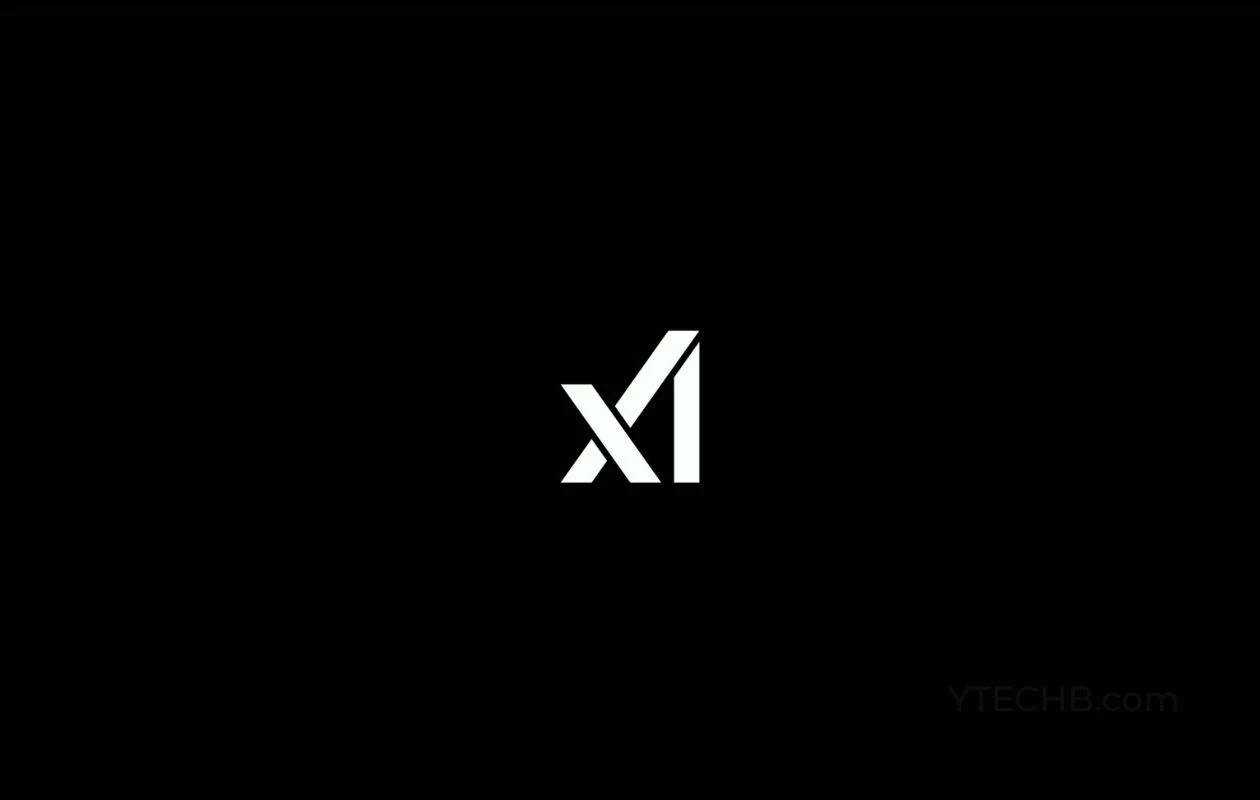
grok-3-mini-fast-l..
Grok 3 Mini Fast is xAI’s most recent, low-latency variant of the compact Grok 3 Mini model. It maintains full chain-of-thought “Think” reasoning and multimodal support while delivering faster response times. The model handles up to 131,072 tokens of context and is now widely accessible in beta via xAI API and select cloud platforms.


grok-3-mini-fast-l..
Grok 3 Mini Fast is xAI’s most recent, low-latency variant of the compact Grok 3 Mini model. It maintains full chain-of-thought “Think” reasoning and multimodal support while delivering faster response times. The model handles up to 131,072 tokens of context and is now widely accessible in beta via xAI API and select cloud platforms.
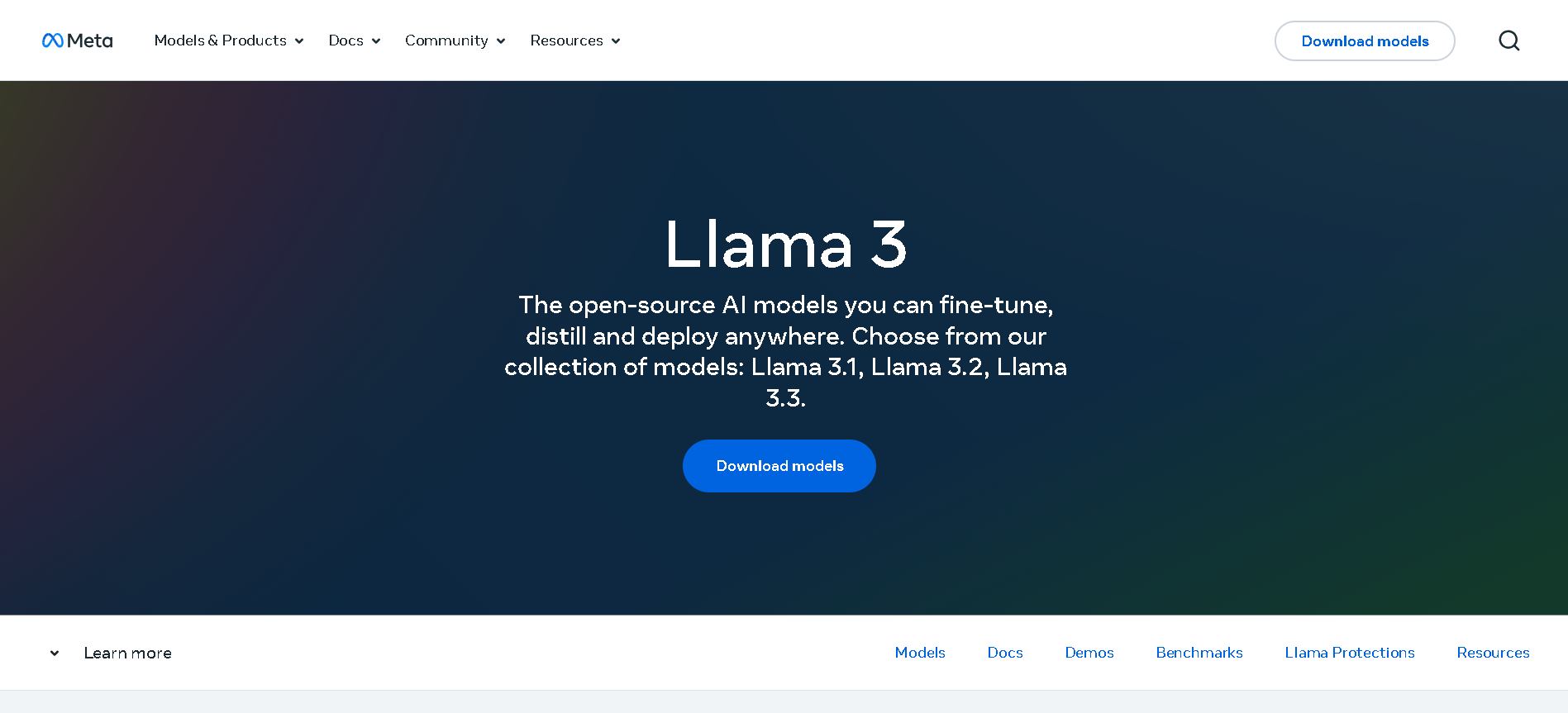

Meta Llama 3.2
Llama 3.2 is Meta’s multimodal and lightweight update to its Llama 3 line, released on September 25, 2024. The family includes 1B and 3B text-only models optimized for edge devices, as well as 11B and 90B Vision models capable of image understanding. It offers a 128K-token context window, Grouped-Query Attention for efficient inference, and opens up on-device, private AI with strong multilingual (e.g. Hindi, Spanish) support.


Meta Llama 3.2
Llama 3.2 is Meta’s multimodal and lightweight update to its Llama 3 line, released on September 25, 2024. The family includes 1B and 3B text-only models optimized for edge devices, as well as 11B and 90B Vision models capable of image understanding. It offers a 128K-token context window, Grouped-Query Attention for efficient inference, and opens up on-device, private AI with strong multilingual (e.g. Hindi, Spanish) support.


Meta Llama 3.2
Llama 3.2 is Meta’s multimodal and lightweight update to its Llama 3 line, released on September 25, 2024. The family includes 1B and 3B text-only models optimized for edge devices, as well as 11B and 90B Vision models capable of image understanding. It offers a 128K-token context window, Grouped-Query Attention for efficient inference, and opens up on-device, private AI with strong multilingual (e.g. Hindi, Spanish) support.
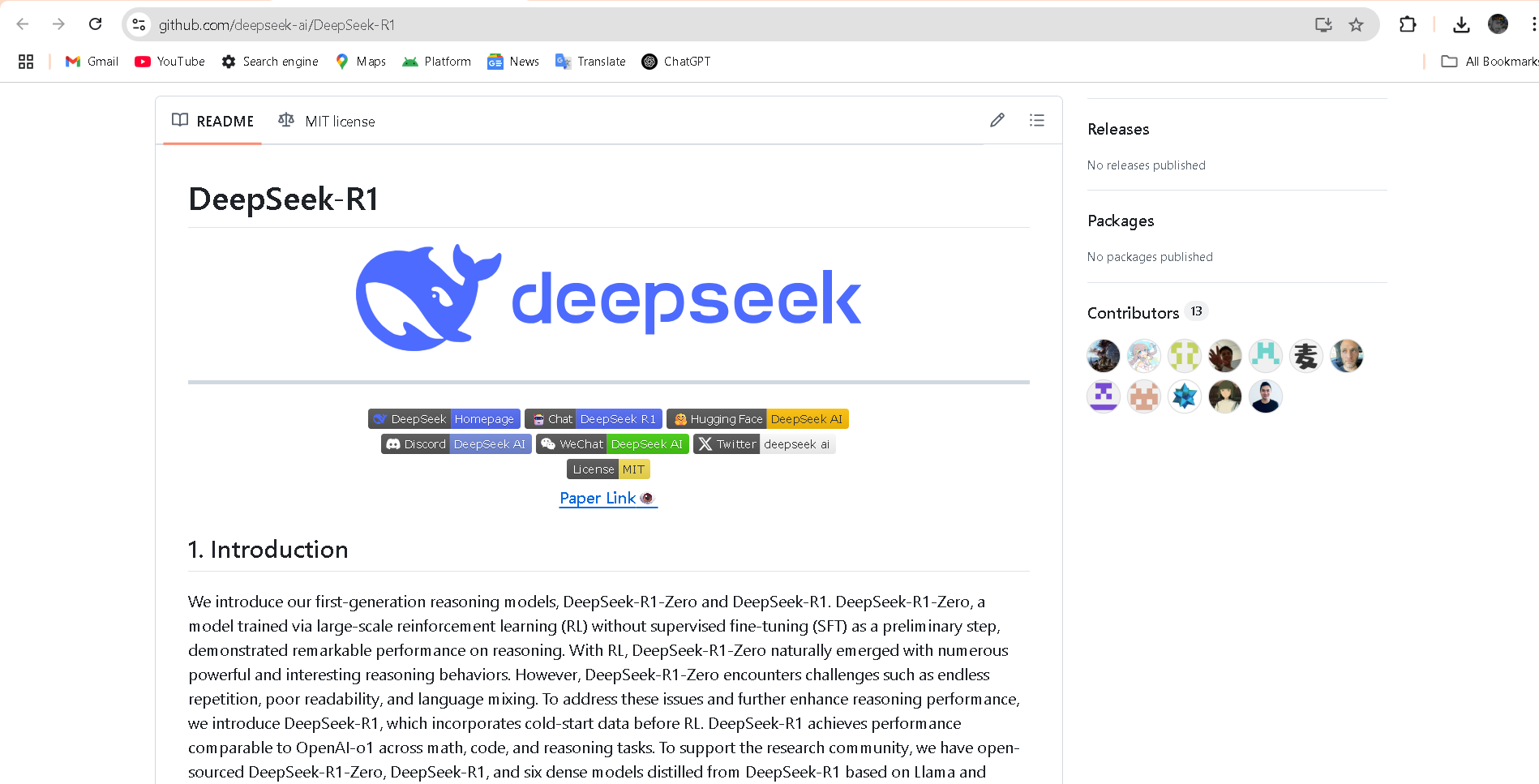
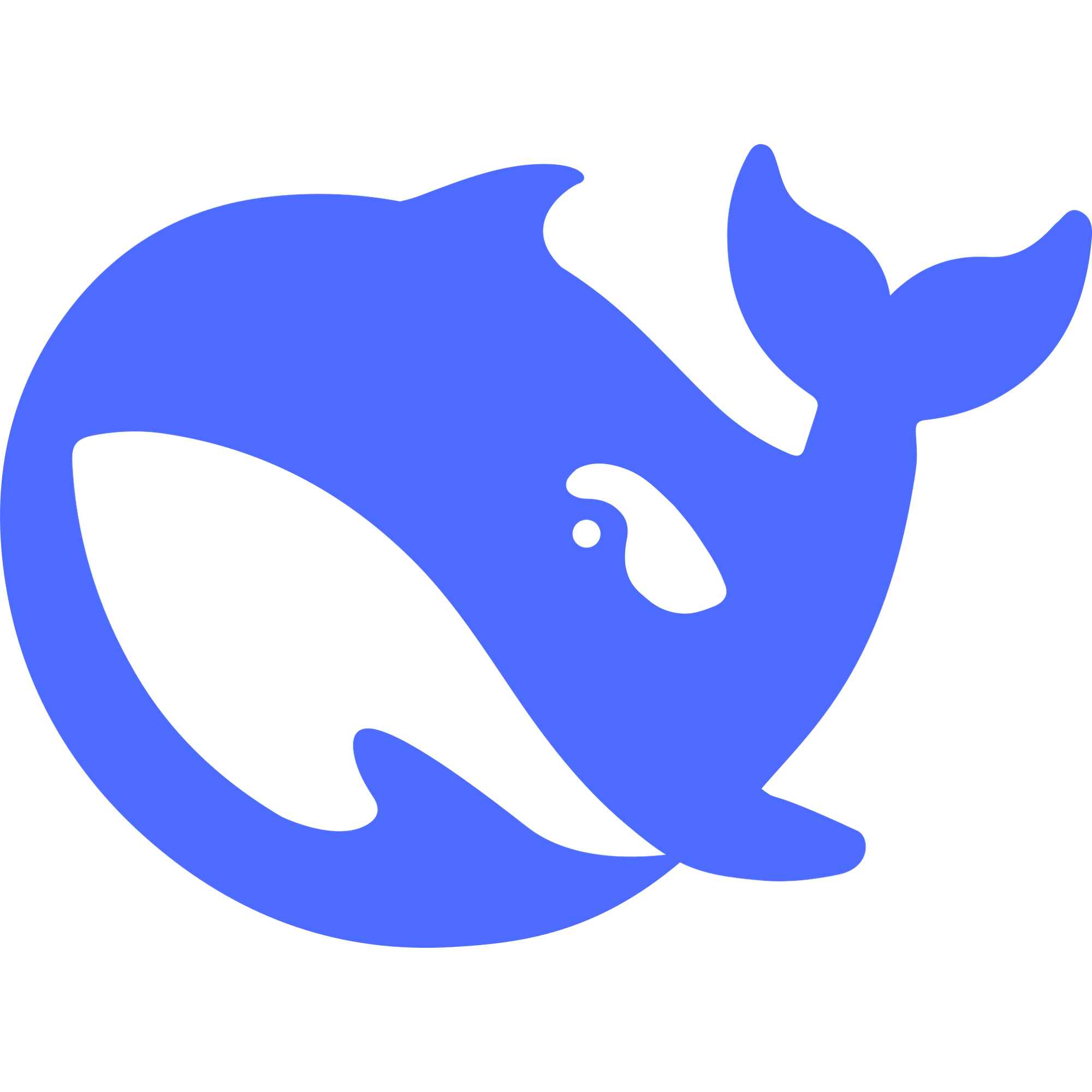
DeepSeek-R1-Distil..
DeepSeek R1 Distill Qwen‑32B is a 32-billion-parameter dense reasoning model released in early 2025. Distilled from the flagship DeepSeek R1 using Qwen 2.5‑32B as a base, it delivers state-of-the-art performance among dense LLMs—outperforming OpenAI’s o1‑mini on benchmarks like AIME, MATH‑500, GPQA Diamond, LiveCodeBench, and CodeForces rating.


DeepSeek-R1-Distil..
DeepSeek R1 Distill Qwen‑32B is a 32-billion-parameter dense reasoning model released in early 2025. Distilled from the flagship DeepSeek R1 using Qwen 2.5‑32B as a base, it delivers state-of-the-art performance among dense LLMs—outperforming OpenAI’s o1‑mini on benchmarks like AIME, MATH‑500, GPQA Diamond, LiveCodeBench, and CodeForces rating.


DeepSeek-R1-Distil..
DeepSeek R1 Distill Qwen‑32B is a 32-billion-parameter dense reasoning model released in early 2025. Distilled from the flagship DeepSeek R1 using Qwen 2.5‑32B as a base, it delivers state-of-the-art performance among dense LLMs—outperforming OpenAI’s o1‑mini on benchmarks like AIME, MATH‑500, GPQA Diamond, LiveCodeBench, and CodeForces rating.
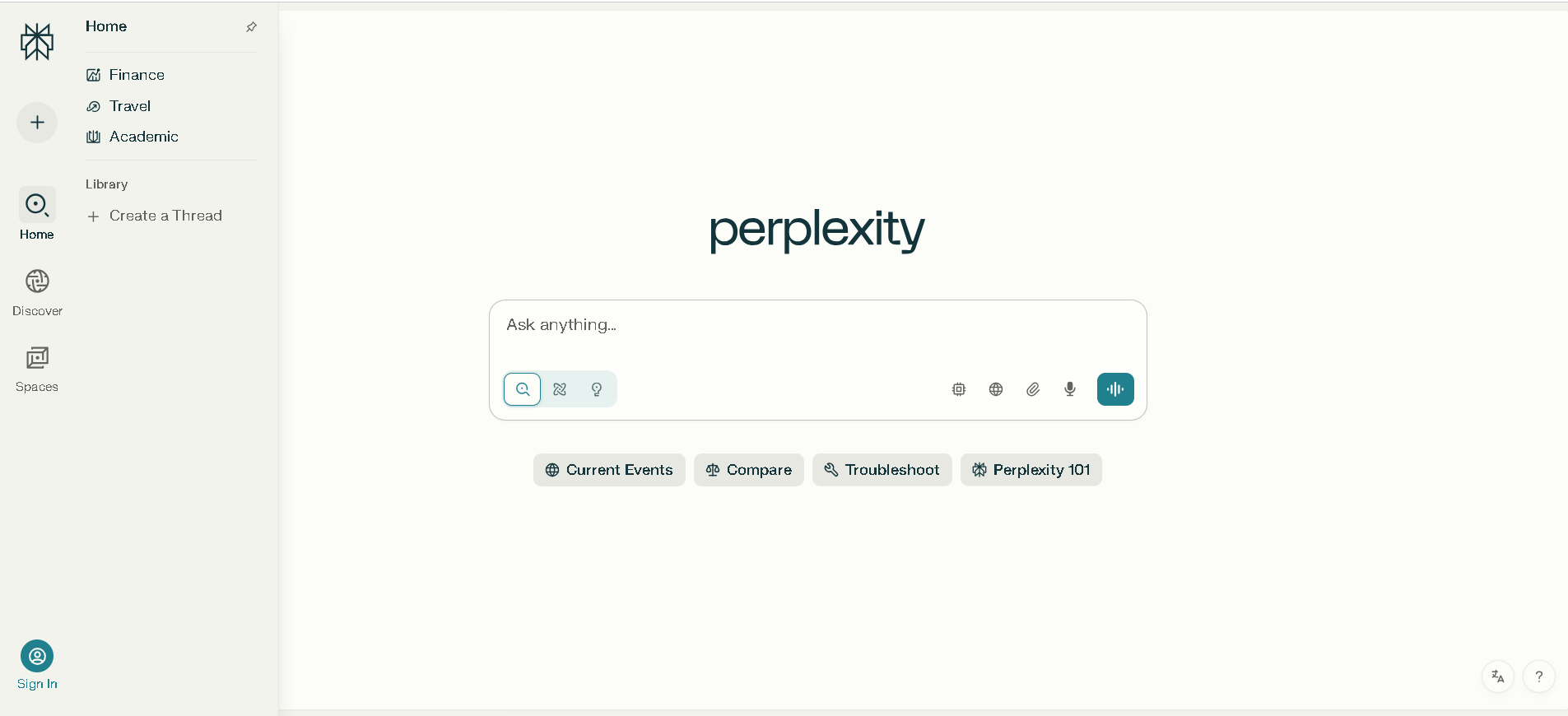

Perplexity AI
Perplexity AI is a powerful AI‑powered answer engine and search assistant launched in December 2022. It combines real‑time web search with large language models (like GPT‑4.1, Claude 4, Sonar), delivering direct answers with in‑text citations and multi‑turn conversational context.


Perplexity AI
Perplexity AI is a powerful AI‑powered answer engine and search assistant launched in December 2022. It combines real‑time web search with large language models (like GPT‑4.1, Claude 4, Sonar), delivering direct answers with in‑text citations and multi‑turn conversational context.


Perplexity AI
Perplexity AI is a powerful AI‑powered answer engine and search assistant launched in December 2022. It combines real‑time web search with large language models (like GPT‑4.1, Claude 4, Sonar), delivering direct answers with in‑text citations and multi‑turn conversational context.
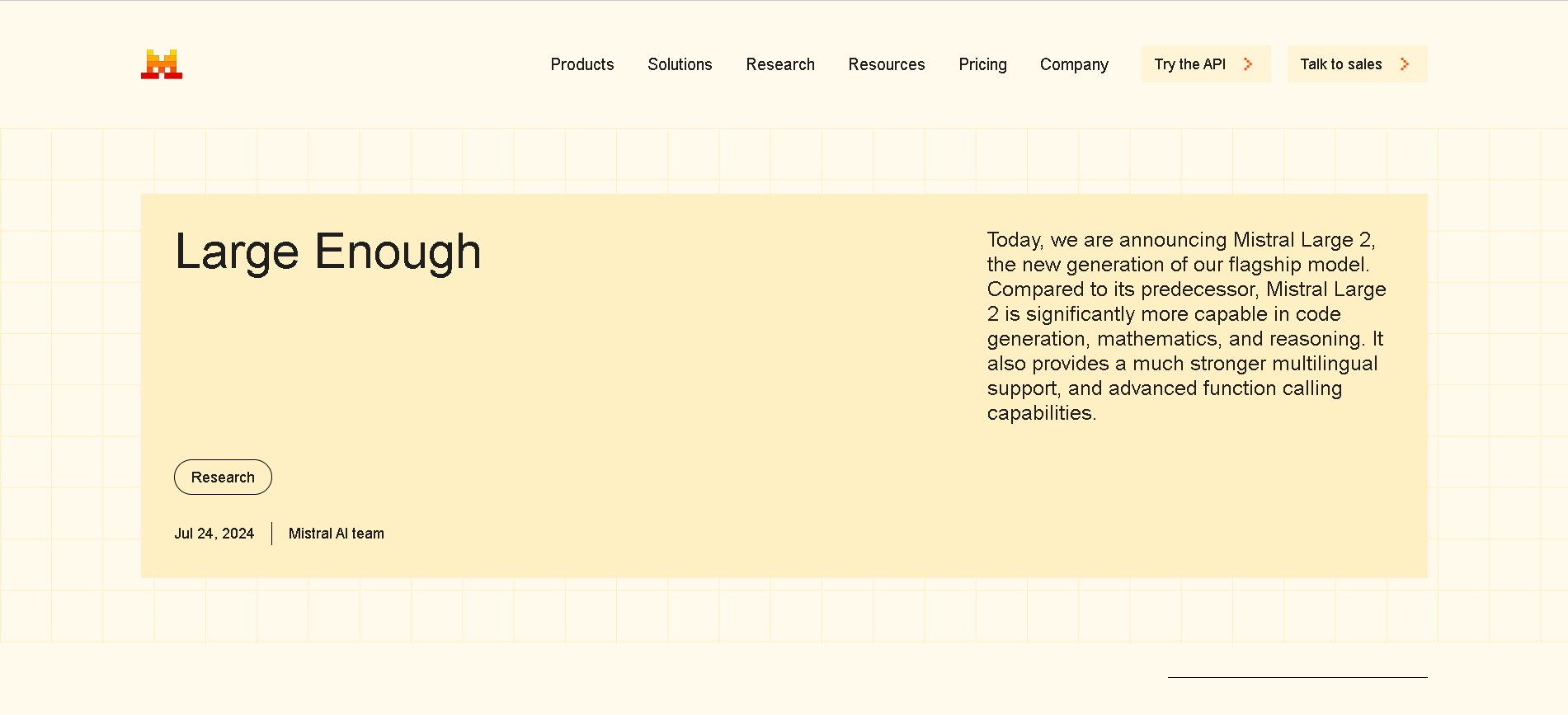
Mistral Large 2
Mistral Large 2 is the second-generation flagship model from Mistral AI, released in July 2024. Also referenced as mistral-large-2407, it’s a 123 B-parameter dense LLM with a 128 K-token context window, supporting dozens of languages and 80+ coding languages. It excels in reasoning, code generation, mathematics, instruction-following, and function calling—designed for high throughput on single-node setups.

Mistral Large 2
Mistral Large 2 is the second-generation flagship model from Mistral AI, released in July 2024. Also referenced as mistral-large-2407, it’s a 123 B-parameter dense LLM with a 128 K-token context window, supporting dozens of languages and 80+ coding languages. It excels in reasoning, code generation, mathematics, instruction-following, and function calling—designed for high throughput on single-node setups.

Mistral Large 2
Mistral Large 2 is the second-generation flagship model from Mistral AI, released in July 2024. Also referenced as mistral-large-2407, it’s a 123 B-parameter dense LLM with a 128 K-token context window, supporting dozens of languages and 80+ coding languages. It excels in reasoning, code generation, mathematics, instruction-following, and function calling—designed for high throughput on single-node setups.
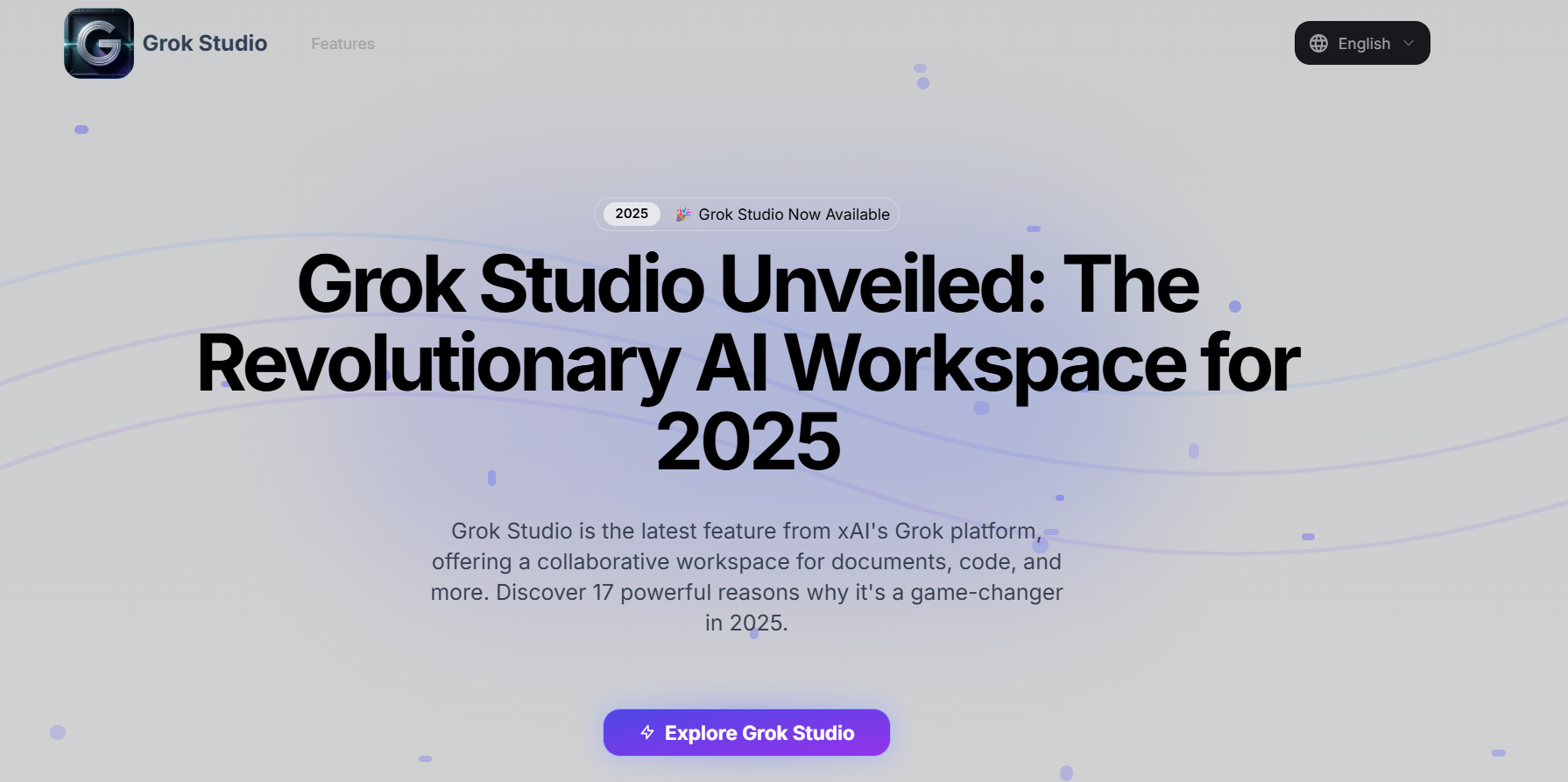

Grok Studio
Grok Studio is a split-screen, AI-assisted collaborative workspace from xAI, designed to elevate productivity with seamless real-time editing across documents, code, data reports, and even browser-based games. Embedded in the Grok AI platform, it transforms traditional chat-like interactions into an interactive creation environment. The right-hand pane displays your content—be it code, docs, or visual snippets—while the left-hand pane hosts Grok AI, offering suggestions, edits, or executing code live. Users can import files directly from Google Drive, supporting Docs, Sheets, and Slides, and write or run code in languages such as Python, JavaScript, TypeScript, C++, and Bash in an instant preview workflow. Released in April 2025, Grok Studio is accessible to both free and premium users, breaking ground in AI-assisted collaboration by integrating content generation, coding, and creative prototyping into one unified interface.


Grok Studio
Grok Studio is a split-screen, AI-assisted collaborative workspace from xAI, designed to elevate productivity with seamless real-time editing across documents, code, data reports, and even browser-based games. Embedded in the Grok AI platform, it transforms traditional chat-like interactions into an interactive creation environment. The right-hand pane displays your content—be it code, docs, or visual snippets—while the left-hand pane hosts Grok AI, offering suggestions, edits, or executing code live. Users can import files directly from Google Drive, supporting Docs, Sheets, and Slides, and write or run code in languages such as Python, JavaScript, TypeScript, C++, and Bash in an instant preview workflow. Released in April 2025, Grok Studio is accessible to both free and premium users, breaking ground in AI-assisted collaboration by integrating content generation, coding, and creative prototyping into one unified interface.


Grok Studio
Grok Studio is a split-screen, AI-assisted collaborative workspace from xAI, designed to elevate productivity with seamless real-time editing across documents, code, data reports, and even browser-based games. Embedded in the Grok AI platform, it transforms traditional chat-like interactions into an interactive creation environment. The right-hand pane displays your content—be it code, docs, or visual snippets—while the left-hand pane hosts Grok AI, offering suggestions, edits, or executing code live. Users can import files directly from Google Drive, supporting Docs, Sheets, and Slides, and write or run code in languages such as Python, JavaScript, TypeScript, C++, and Bash in an instant preview workflow. Released in April 2025, Grok Studio is accessible to both free and premium users, breaking ground in AI-assisted collaboration by integrating content generation, coding, and creative prototyping into one unified interface.
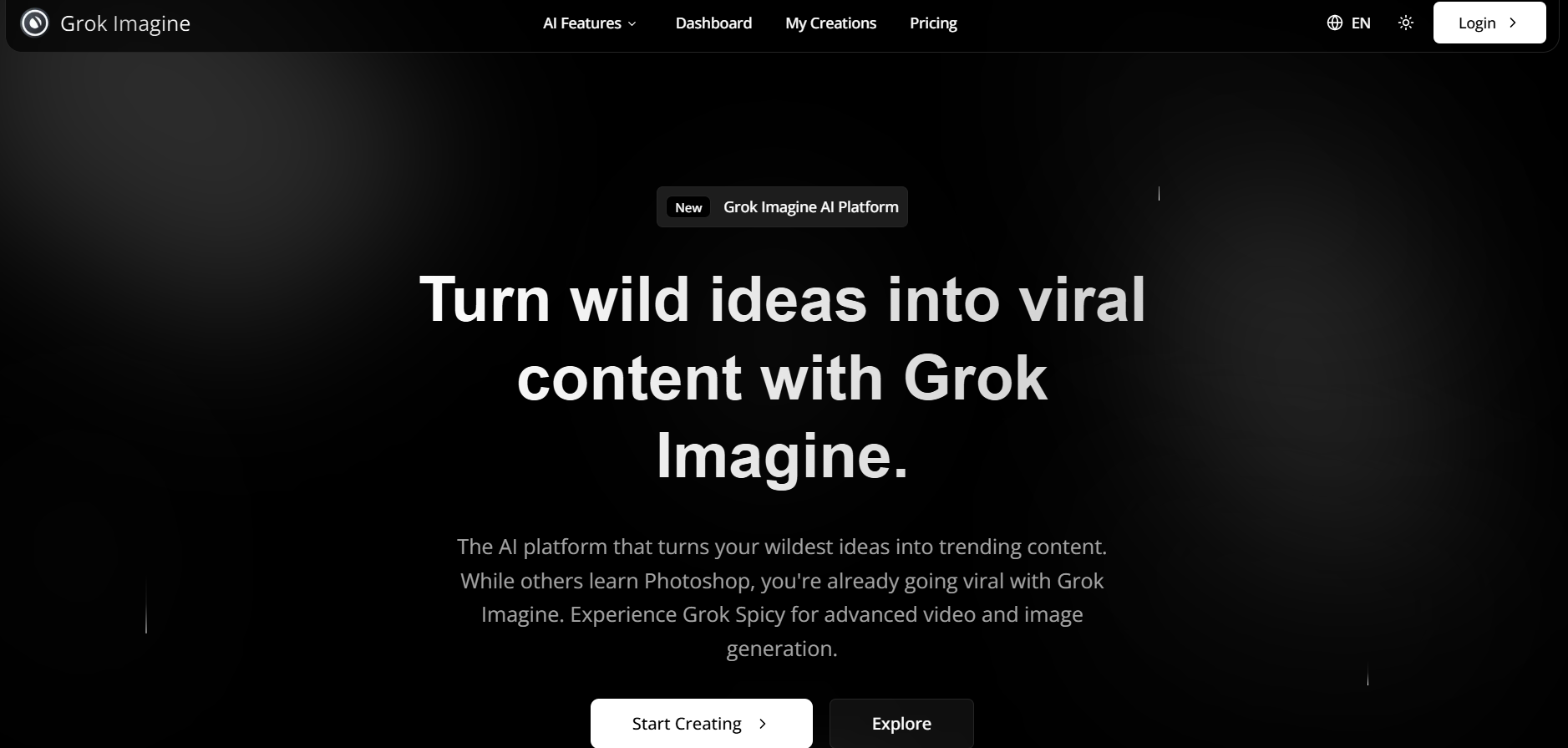

Grok Imagine
Grok Imagine is an AI-powered image and video generation tool developed by Elon Musk’s xAI under the Grok brand. It transforms text or image inputs into photorealistic images (up to 1024×1024) and short video clips (typically 6 seconds with synchronized audio), all powered by xAI's Aurora engine and designed for fast, creative production.


Grok Imagine
Grok Imagine is an AI-powered image and video generation tool developed by Elon Musk’s xAI under the Grok brand. It transforms text or image inputs into photorealistic images (up to 1024×1024) and short video clips (typically 6 seconds with synchronized audio), all powered by xAI's Aurora engine and designed for fast, creative production.


Grok Imagine
Grok Imagine is an AI-powered image and video generation tool developed by Elon Musk’s xAI under the Grok brand. It transforms text or image inputs into photorealistic images (up to 1024×1024) and short video clips (typically 6 seconds with synchronized audio), all powered by xAI's Aurora engine and designed for fast, creative production.
Editorial Note
This page was researched and written by the ATB Editorial Team. Our team researches each AI tool by reviewing its official website, testing features, exploring real use cases, and considering user feedback. Every page is fact-checked and regularly updated to ensure the information stays accurate, neutral, and useful for our readers.
If you have any suggestions or questions, email us at hello@aitoolbook.ai
